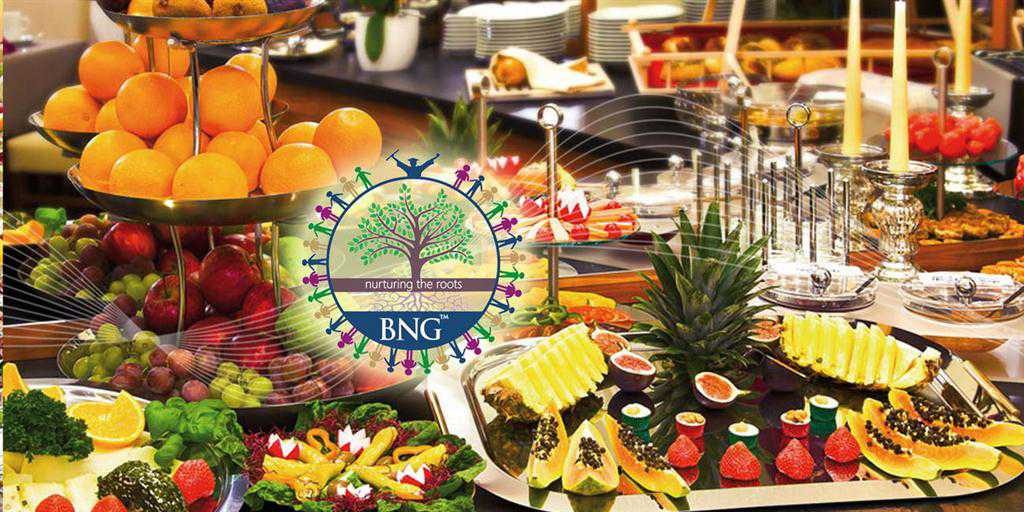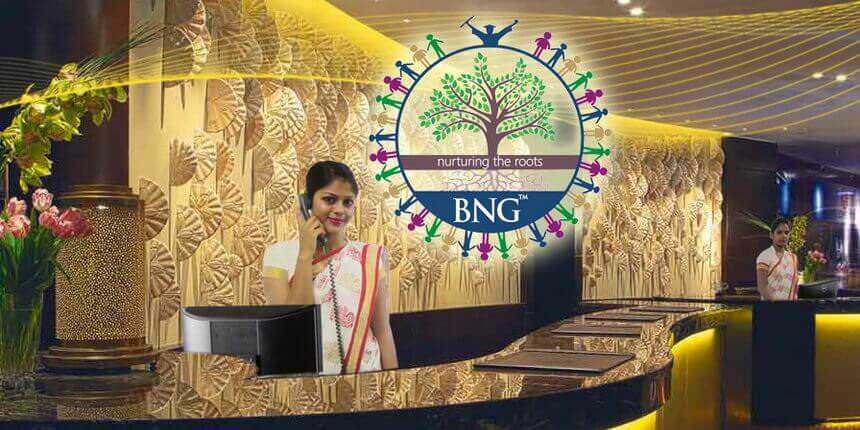Menu Planning
Menu planning means to compose a series of dishes for a meal. Composing a menu is an art and needs careful selection of dishes for the different course, so that each dishes harmonies with others. The planning meals in commercial catering establishments are based on economic considerations and reputation then on the desire to provide nutritionally ‘balance diets’. The dishes must be palatable as well as please the eye. The Menu planning for school feeding, industrial canteen, hotel etc. has a different aspect, where nutritious and balance diet compiled.
There are some rules in gastronomic laws which must be observed if one is to obtain success in menu planning, as a badly compiled menu will spoil the complete meal. Menu should provide nutritious food, tempt the appetite and satisfy the guest. It is essential to have knowledge about the sequence of courses. The modern trend is to give about 4 to 5 courses in a sequence.
Sequence of course for better Menu planning may contain:
- Hors d’oeuvres
- Soup
- Fish
- Entrée
- Releves
- Sorbet
- Roast/Grill
- Vegetables/ Salad
- Sweet
- Dessert
- Coffee
Different types of menu planning:
There are different types of menus: Table d’hôte, Catre de jour, A la carte and special party menu for Banquet, Buffet, and Cocktail parties— formal and informal.
- Table d’hôte: A fixed menu planned for complete meal at a fixed price. It is a meal of three to four courses with a limited choice of dishes, and it is cooked in advance. It is change daily or change in rotation. Leftovers food could be used in this type of menu as it helps to economize.
- A la carte: It means the presentation of a long sequence of course and dish in menu. Each dish is individually priced. Dishes are cooked to order and the portion are large then Table d’hôte menu. The guest has a wide choice and should be prepared to wait for this.
- Catre de jour: these are some time insert in A la carte menu, which comprises a few special dishes of the day to vary a la carte menu regular customer. Some establishments have a set pattern for this menu, example- Roast Chicken: – Monday, Fish & chips: – Tuesday, Curry & Rice: – Wednesday etc.
- Banquet: Usually the menu composed for a number of people and necessary to know the reason for the banquet. It is usually a formal affair and dishes should be compiled to suit the occasion. The menu is elaborate and high-class quality. It is a fixed menu with no choice.
- Buffet: There are two type of buffet, one is Light buffet another is Fork buffet (lunch & dinner). The buffet tables are attractively decorated. The foods are served also colorful and Eye appealing. Light buffet are give for various reasons to augment along function. That is late in the evening, also given for tea dance and supper dance. Fork buffet provide a variety of dishes and food can easily eaten by spoon or fork, while standing. And the dishes are cold or hot canapés sandwich, tarrines salads, cheese, game chips, smoked salmon, chicken moose, egg, ham, sausages, jellies, fruit salad, gateaux pastry, ice-cream etc.
- Cocktail: The main ingredients are actually beverage. Very tiny savory snacks are served such as stuffed olives, gherkins, walnuts, game chips, salted almonds, bacon rolls cheese fritter canapés etc.
Principal of Menu Planning:
Type of Meal: The different types are Breakfast, Luncheon, Dinner, supper etc.
Breakfast: There are three types Continental, English, American
Continental breakfast- It is a light breakfast comprises of brioche, bread, croissant, jam, jelly, marmalade and tea or coffee.
English breakfast- It is on large scale of menu, consist of two to eight courses and usually includes a cooked main course.
American breakfast- here is a wide choice of menu served on buffet. The menu complied with different types of breads, cold items, hot cooked items, variety of juice and cold and hot beverages, guest can choose there own.
Luncheon Menu: Menus are usually shorter then dinner, with less courses and simpler dishes, but more choice within each course. It is a quick affair and dinner is taken more leisurely.
Dinner Menu: This menu comprises highly garnished, classical dishes. Here one has a scope of showing one’s skill of compiling menus with a choice of most esteemed and rarest and exotic dishes. For example large joints could be carved in the restaurant in front of the guest or flambé dish could serve. Balance must be perfected throughout the long complicated number of dishes.
Supper Menu: A full buffet is given for supper. All the dishes are very well decorated, giving a good display.
- Types of establishment: Menu planning will vary according to the type of establishment-hotel, restaurant, hostel, hospital, Industrial canteen etc. The menu for hotel or restaurant will be A la carte, buffet, banquet table d’hôte. The dishes will please the eye and palate and will be determined by the customers’ appetite and pocket. On other hand hostels, hospitals, and canteens will have asset pattern and will offer meals to provide nutritionally balance diets with a limited budget. As there is no choice a variety given will minimize the monotony and food preference must be seen.
- Types of customer: Customers can affect the type of food served because of the following factors: age, sex, occupation. The young boys will need substantial meal, whereas young girls prefer dainty and small portions of dishes.
- Season of the year and Seasonal availability of ingredients: Season is important in the choice of food. Cool, crisp and fresh foods are ideal for summer. And in winter heavier, richer and high in calorific value require. Although in these days cold storage food are available through out the year. But fresh from the season must be available in the menu, as they are fresh, colorful and flavorful. They are available in reasonable price and should obtain locally.
- Occasion: Special dishes for certain days or time of the year should be considered during Menu planning. For example: roast turkey at Christmas, special egg for Easter, sheer keema for Id, sweet rice for basant etc. are the seasonal and occasional expectations.
- Capability of kitchen staff: The kitchen staff capabilities have to seen, whether they are able to cope with high-class cookery, whether they are experienced and have a good skill and knowledge. If the staffs are not capable, it will difficult to produce quality meals. Equally the service-staffs are also plays a important role, they must be efficient, highly skilled, well dressed and well mannered.
- Equipment of the kitchen: During Menu planning, it is important to see that the kitchen is well equipped as to be able to cope up with the presentation of various dishes. Care should be taken to see that the method of cooking is not repeated: otherwise certain equipments would be overloaded.
- Price menu: Always give a value for money. The food cost should not be exceed 40% of the selling price at an average.
- The balance in menu: For menu planning this is very important, when compiling menus and special menus, the following points should be considered.
- Reception of ingredients & words: The basic ingredient of the menu should never be repeated as it become monotonous. For example if tomato soup is appearing in the menu then tomato never reappears. Same as when classical dishes are appear with the garnish, the same garnish should not reappear.
- Repetition of color: when compiling the menu it should have a colorful variety. If the menu consist of celery soup, chicken in white sauce, turnip and creamed potato, and vanilla ice-cream, which all are white, it is bound to look very dull.
- Avoid overbalance of a menu: If many courses are served, then care must be taken to ensure that they are neither too light nor too heavy.
- Texture of the course: Some food should be soft, when other food requires chewing to consume. Avoid menus with same texture, offer food with various texture, example: Cream of tomato, Roast chicken, Buttered peas, Game chips, Baked apple pie
- Seasoning: Do not over season the food. If strong herbs are used in one dish, then never repeat in another dish in same meal.
- Garnishes: this must be appropriate, attractive and simple.
- Food value: Special attention should be paid to different requirement of different groups of people. Meal served to children, adolescent, adult, old age people, expected mother should be nutritionally balanced.
- Color: Sensible use of color in dishes will give them an ‘eye appeal’. Deep vivid color should be avoided. Dark looking dishes can be improved by an attractive and colorful garnish.
- Wording of menu: During Menu planning , the following points must be considered-
- Select language which guest can understand
- If the menu is in French, give an English Translation.
- Never use mixture of language for the courses of a menu
- Spelling of the word should be correct.
- Merchandising menu: Menu are planned and designed should reflect the policy and thinking of the management and should ensure profit. The menu should be organized, similar item should be written under attractive headlines and if possible effective description should be given.





